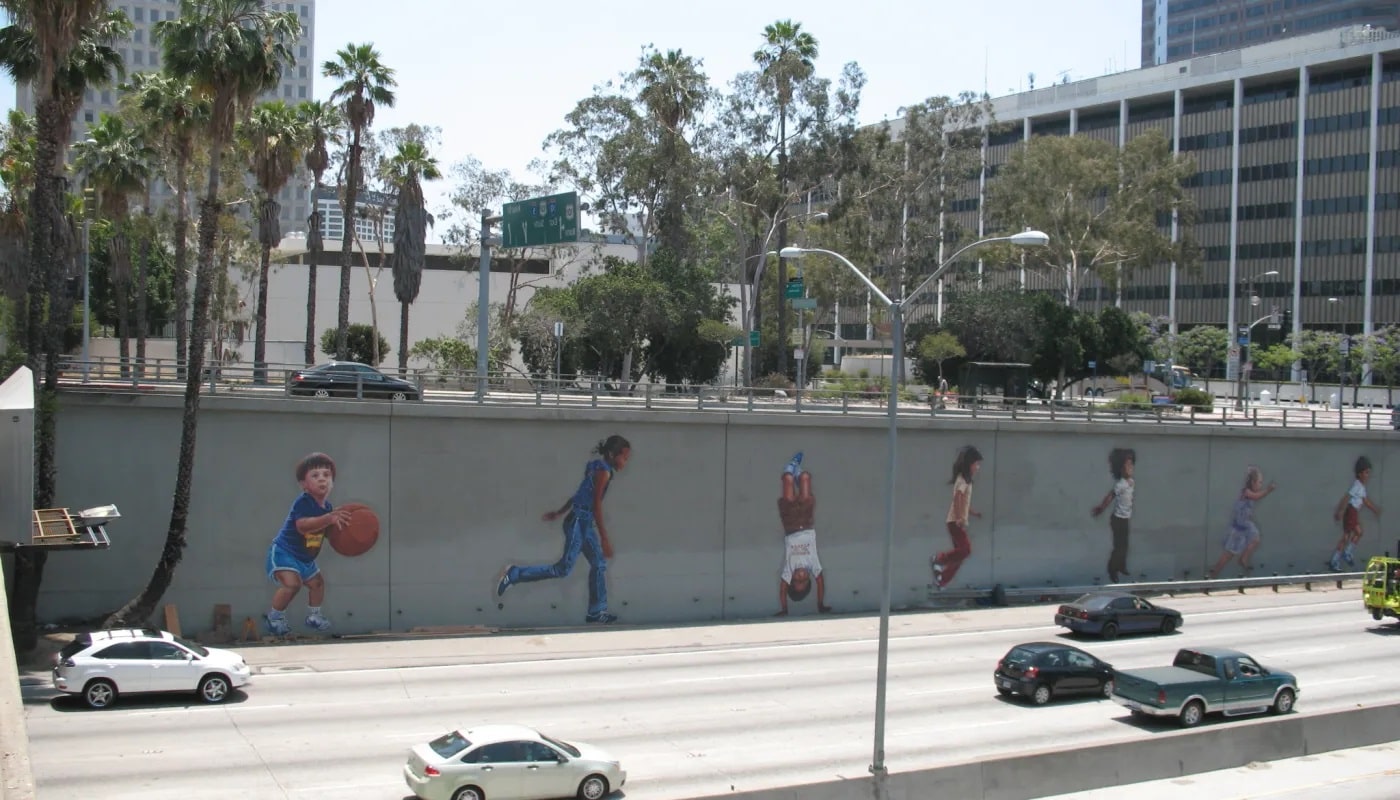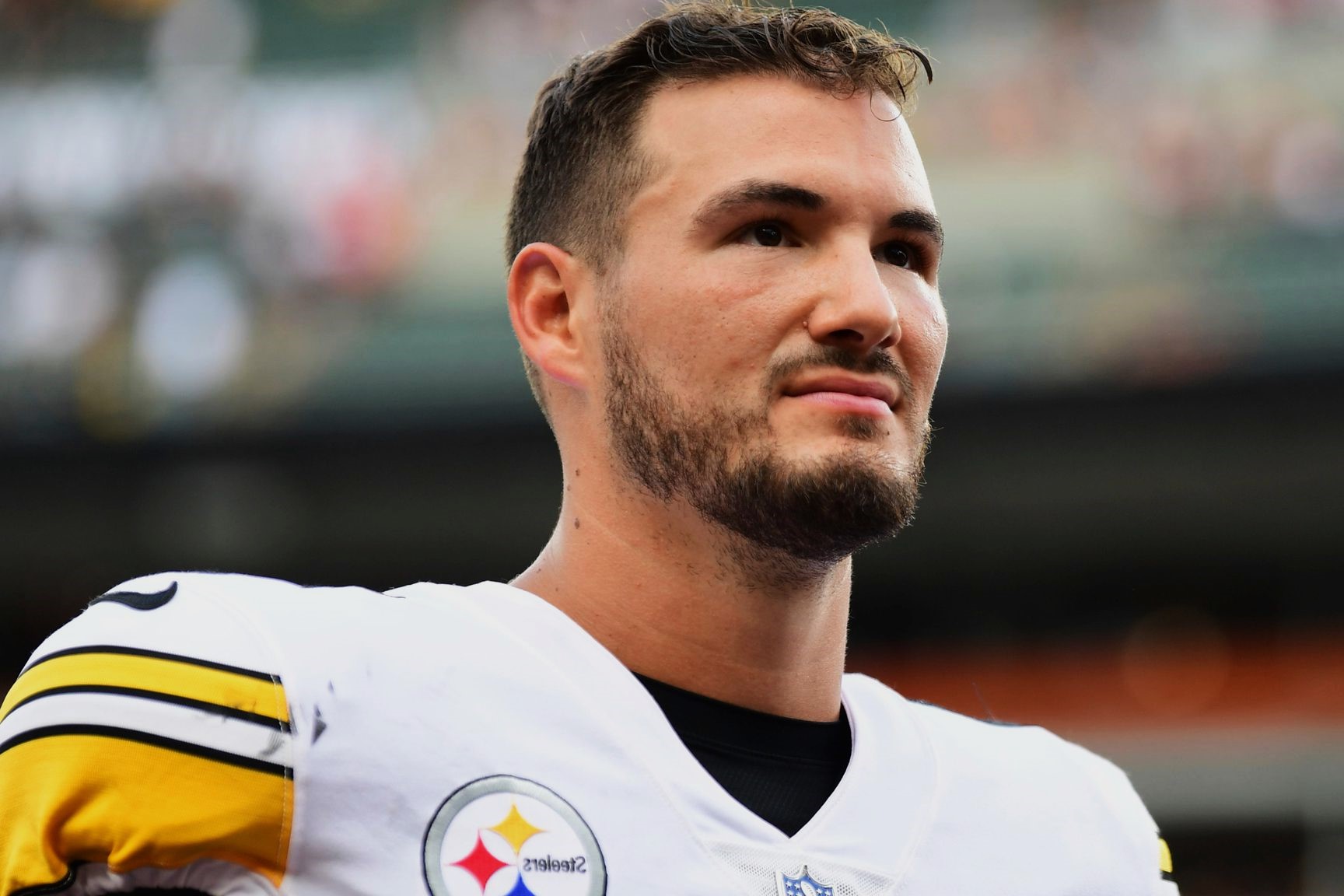
What made 1980s Los Angeles so iconic? The 1980s in Los Angeles were a whirlwind of culture, innovation, and change. From the glitz and glamour of Hollywood to the rise of influential music scenes, the city buzzed with energy. Movies like "E.T." and "Back to the Future" captured imaginations, while bands like Guns N' Roses and the Red Hot Chili Peppers rocked the airwaves. The city also saw the birth of skateboarding culture and the explosion of hip-hop. The 1984 Summer Olympics brought global attention, showcasing LA's vibrant spirit. Amidst all this, the city grappled with challenges like economic shifts and social issues. Dive into these 38 facts to uncover what truly defined 1980s Los Angeles.
Key Takeaways:
- The 1980s in Los Angeles were a time of blockbuster movies, iconic music, and sports dominance, but also saw social changes, technological growth, and unique fashion trends.
- Los Angeles in the 1980s was a hub of creativity, innovation, and cultural influence, shaping the city's identity and leaving a lasting impact on global culture.
The Rise of Hollywood Blockbusters
Los Angeles in the 1980s was a hub of cinematic innovation and blockbuster hits. The city saw the rise of some of the most iconic films and filmmakers.
- Steven Spielberg directed "E.T. the Extra-Terrestrial" in 1982, which became the highest-grossing film of the decade.
- "Back to the Future" (1985) was filmed in and around Los Angeles, with the famous clock tower scene shot at the Universal Studios backlot.
- "Blade Runner" (1982), directed by Ridley Scott, showcased a dystopian future Los Angeles, influencing sci-fi aesthetics for years.
- "Die Hard" (1988) was set in the fictional Nakatomi Plaza, which is actually the Fox Plaza in Century City.
- "The Terminator" (1984) featured many scenes shot in Los Angeles, including the famous Tech Noir nightclub scene.
Music and Cultural Movements
The 1980s in Los Angeles were also a time of significant musical and cultural shifts. The city became a melting pot for various genres and movements.
- The Sunset Strip became the epicenter of the glam metal scene, with bands like Mötley Crüe and Guns N' Roses gaining fame.
- N.W.A. emerged from Compton, bringing gangsta rap to the forefront with their 1988 album "Straight Outta Compton."
- The Go-Go's, an all-female band from L.A., topped the charts with their debut album "Beauty and the Beat" in 1981.
- Madonna filmed the music video for "Like a Virgin" in Los Angeles, cementing her status as a pop icon.
- The Los Angeles punk scene thrived with bands like Black Flag and X leading the charge.
Sports and Entertainment
Los Angeles was not just about movies and music; it was also a city passionate about sports and entertainment.
- The Los Angeles Lakers dominated the NBA, winning five championships during the 1980s.
- The 1984 Summer Olympics were held in Los Angeles, bringing the world’s attention to the city.
- Magic Johnson became an NBA legend, playing for the Lakers and revolutionizing the point guard position.
- The Los Angeles Raiders won the Super Bowl in 1984, adding to the city's sports accolades.
- The Forum in Inglewood was the go-to venue for major concerts and sporting events.
Social and Political Changes
The 1980s were a time of significant social and political changes in Los Angeles, reflecting broader national trends.
- The crack cocaine epidemic hit Los Angeles hard, leading to increased crime rates and social issues.
- The Rodney King incident in 1991, though just outside the 1980s, had roots in the decade's racial tensions.
- Tom Bradley, the city's first African American mayor, served throughout the 1980s, promoting diversity and growth.
- The Sanctuary Movement saw Los Angeles churches providing refuge to Central American immigrants fleeing civil wars.
- AIDS awareness campaigns began to take shape in Los Angeles, with activists working to combat the epidemic.
Technological and Economic Growth
Los Angeles experienced significant technological and economic growth during the 1980s, setting the stage for future advancements.
- Silicon Beach began to emerge as a tech hub, with companies like Atari setting up shop in the area.
- The aerospace industry boomed, with companies like Lockheed and Northrop Grumman headquartered in Los Angeles.
- The Los Angeles Metro system was planned and partially constructed, aiming to reduce traffic congestion.
- The Port of Los Angeles became one of the busiest ports in the world, boosting the local economy.
- The fashion industry in Los Angeles grew, with designers like Bob Mackie gaining international fame.
Iconic Landmarks and Events
Los Angeles in the 1980s was home to many iconic landmarks and events that left a lasting impact on the city's identity.
- The Hollywood Walk of Fame continued to expand, adding stars for celebrities like Michael Jackson and Steven Spielberg.
- The Griffith Observatory underwent renovations, remaining a popular tourist destination.
- The Los Angeles Marathon was first held in 1986, becoming an annual event attracting runners worldwide.
- The Los Angeles Public Library reopened in 1986 after a devastating fire in 1986.
- The Los Angeles River revitalization project began, aiming to transform the neglected waterway into a community asset.
Fashion and Lifestyle Trends
The 1980s saw unique fashion and lifestyle trends that were distinctly Los Angeles, influencing global culture.
- Neon colors and spandex became popular fashion choices, often seen on the streets of Los Angeles.
- Roller skating along Venice Beach became a quintessential L.A. activity.
- Aerobics and fitness culture boomed, with Jane Fonda's workout videos becoming a nationwide craze.
- Surf culture thrived, with brands like Quiksilver and Billabong gaining popularity.
- Skateboarding legends like Tony Hawk emerged from the Los Angeles area, shaping the sport's future.
Environmental Awareness
Environmental awareness began to take root in Los Angeles during the 1980s, leading to significant changes and initiatives.
The 1980s: A Defining Decade for Los Angeles
Los Angeles in the 1980s was a whirlwind of cultural shifts, technological advancements, and iconic moments. From the rise of hip-hop and punk rock to the Olympic Games that put the city on the global stage, the decade left an indelible mark. Hollywood thrived, producing blockbuster movies that still resonate today. The fashion scene exploded with bold styles, while the tech industry began its ascent, laying the groundwork for future innovations.
Social movements gained momentum, shaping the city's identity and pushing for change. The diverse population brought a rich tapestry of experiences, making Los Angeles a melting pot of ideas and creativity. Reflecting on the 1980s, it's clear that this decade was pivotal in shaping the vibrant, dynamic city we know today. The legacy of those years continues to influence and inspire, reminding us of a time when anything seemed possible.
Frequently Asked Questions
Was this page helpful?
Our commitment to delivering trustworthy and engaging content is at the heart of what we do. Each fact on our site is contributed by real users like you, bringing a wealth of diverse insights and information. To ensure the highest standards of accuracy and reliability, our dedicated editors meticulously review each submission. This process guarantees that the facts we share are not only fascinating but also credible. Trust in our commitment to quality and authenticity as you explore and learn with us.


